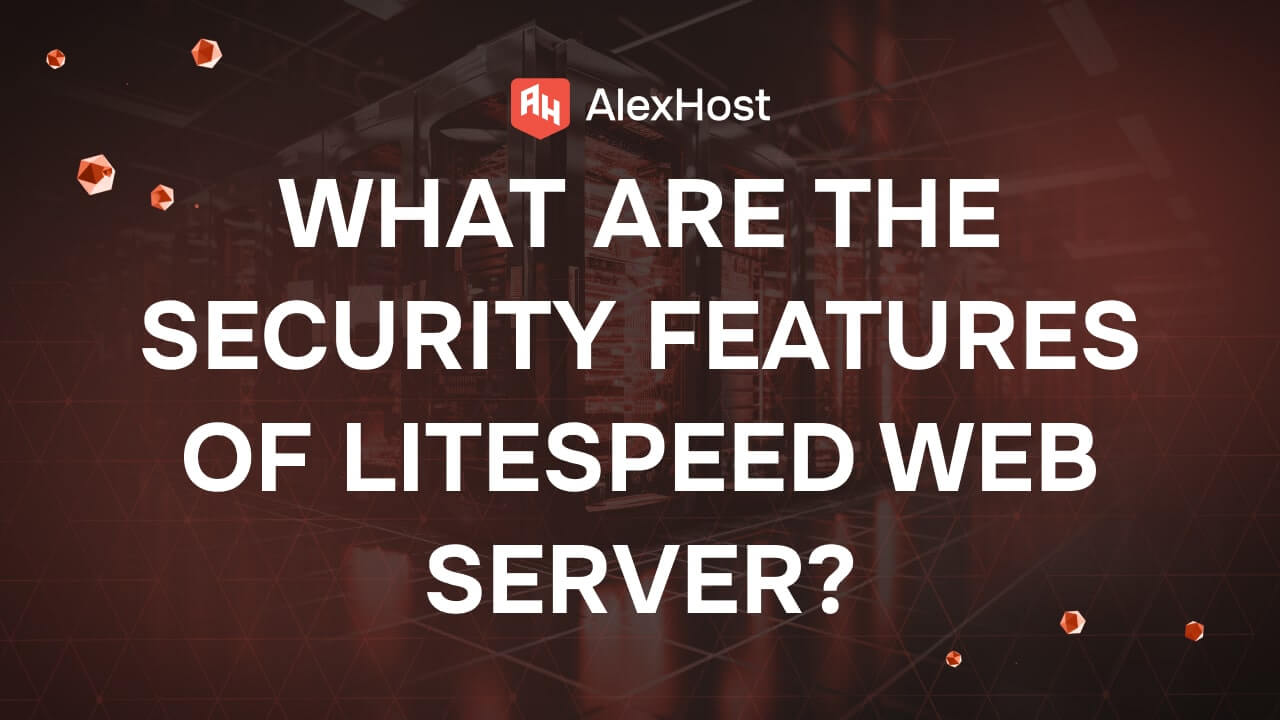What is the Difference Between an Encrypted and Non-Encrypted Connection?
In today’s digital world, security is a top concern for anyone transmitting data over the internet. Whether you’re shopping online, sending emails, or accessing dedicated server, understanding the difference between an encrypted and non-encrypted connection is crucial for protecting sensitive information from unauthorized access. But what exactly distinguishes these two types of connections, and why does encryption matter?
This article will explain the key differences between encrypted and non-encrypted connections, how encryption works, and why it’s essential for maintaining privacy and security in online communications.
What is an Encrypted Connection?
An encrypted connection uses cryptographic algorithms to convert readable data (plaintext) into an unreadable format (ciphertext) during transmission. This ensures that anyone intercepting the data cannot easily understand or misuse it.
In an encrypted connection:
- Data is scrambled into a code using a secret key.
- Only authorized parties with the correct key can decrypt and read the data.
- The encryption process protects the data from hackers, eavesdroppers, and other malicious actors.
Common Examples of Encrypted Connections:
- HTTPS (HyperText Transfer Protocol Secure): Websites secured with HTTPS use SSL/TLS encryption to protect the communication between the user’s browser and the web server.
- VPN (Virtual Private Network): VPNs encrypt your internet traffic, ensuring that data traveling between your device and the VPN server is secure and anonymous.
- Encrypted Emails: Email services like ProtonMail use end-to-end encryption to ensure only the sender and receiver can read the content.
How Encryption Works
Encryption involves transforming plaintext into ciphertext using algorithms and encryption keys. For instance, when you send data over an HTTPS connection, the browser and server use SSL (Secure Sockets Layer) or TLS (Transport Layer Security) protocols to create a secure, encrypted communication channel.
- Symmetric Encryption: A single key is used for both encrypting and decrypting the data.
- Asymmetric Encryption: Two different keys are used—a public key for encryption and a private key for decryption.
Encryption protects data from being read or modified by unauthorized users, ensuring confidentiality, integrity, and authenticity of the communication.
What is a Non-Encrypted Connection?
A non-encrypted connection, on the other hand, transmits data in plaintext, making it easily readable to anyone who intercepts it. This type of connection is vulnerable to eavesdropping, man-in-the-middle attacks, and other forms of cyber-attacks.
In a non-encrypted connection:
- Data is sent as-is, without being scrambled.
- Anyone who has access to the data during transmission (e.g., hackers, ISPs, or government surveillance) can read or modify it.
- Sensitive information like passwords, credit card numbers, and personal data is at risk.
Common Examples of Non-Encrypted Connections:
- HTTP (HyperText Transfer Protocol): Websites that use HTTP instead of HTTPS do not encrypt the data exchanged between the browser and server, leaving it vulnerable to interception.
- Unsecured Wi-Fi Networks: Public Wi-Fi networks that don’t require authentication or use basic encryption can expose your data to hackers or unauthorized third parties.
- Non-Encrypted Emails: Standard emails sent over SMTP (Simple Mail Transfer Protocol) without encryption can be intercepted and read by anyone during transmission.
Why Non-Encrypted Connections are Risky
In a non-encrypted connection, anyone with the tools and intent can intercept data and misuse it. For example, when you visit an HTTP website, hackers can capture any personal or financial information you submit through the site. This makes non-encrypted connections highly insecure, especially when transmitting sensitive data.
Why Encryption Matters
- Data Privacy: Encryption ensures that only authorized users can access sensitive data like passwords, financial details, and personal information. This is critical for industries like banking, healthcare, and e-commerce.
- Security: By scrambling data during transmission, encryption protects against data breaches, identity theft, and hacking attempts. This is particularly important when using public Wi-Fi networks or accessing websites that deal with sensitive information.
- Compliance: Many industries are required by law to use encryption to protect user data. For instance, GDPR (General Data Protection Regulation) mandates that businesses encrypt personal data to safeguard privacy.
- Trust and Authentication: Encrypted connections (especially HTTPS) also involve certificate-based authentication, which proves the legitimacy of the website or service you’re connecting to. This helps prevent phishing attacks and spoofed websites.
How to Identify if a Connection is Encrypted
You can easily identify whether a connection is encrypted by checking the URL and browser indicators:
- Look for “HTTPS” in the URL: If a website uses HTTPS, it is encrypted and secure. If it uses HTTP, it is not encrypted.
- Lock Icon: Most browsers display a padlock symbol in the address bar to indicate a secure connection. Clicking on this icon usually shows certificate information and other security details.
In contrast, if a connection is non-encrypted, the browser may display a warning, such as “Not Secure,” especially when you try to enter sensitive information.
Conclusion
The difference between an encrypted and non-encrypted connection boils down to security and privacy. Encrypted connections provide a secure channel for transmitting data by scrambling the information, ensuring that only authorized parties can access it. Non-encrypted connections, on the other hand, leave data exposed to potential cyber threats, making them unsuitable for sensitive information exchanges.
As the internet continues to grow, using encryption has become more of a necessity than a luxury. Ensuring that your connections are encrypted is essential for safeguarding your personal data and maintaining privacy in an increasingly connected world.









